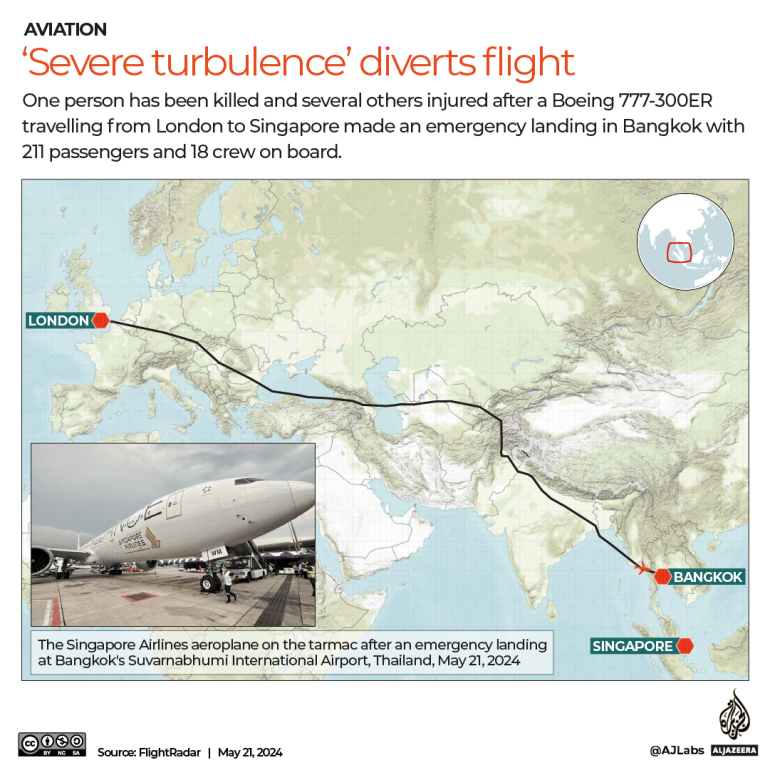The Ministry of Trade and Industry (MTI) announced today that the Singapore economy is expected to grow by “0.5 to 1.0 per cent” in 2019 and by “0.5 to 2.5 per cent” in 2020.
Economic Performance in Third Quarter 2019
The Singapore economy grew by 0.5 per cent on a year-on-year basis in the third quarter, slightly higher than the 0.2 per cent growth in the previous quarter. On a quarter-on-quarter seasonally-adjusted annualised basis, the economy expanded by 2.1 per cent, a reversal from the 2.7 per cent contraction in the second quarter.
The manufacturing sector shrank by 1.7 per cent year-on-year, moderating from the 3.3 per cent decline in the preceding quarter. The sector was weighed down by the electronics cluster, which contracted on the back of a decline in output in the semiconductors segment. All the other clusters in the sector expanded during the quarter, with the biomedical manufacturing cluster posting the strongest growth. On a quarter-on-quarter seasonally-adjusted annualised basis, the sector grew by 7.6 per cent, a turnaround from the 4.2 per cent contraction in the previous quarter.
The construction sector expanded by 2.9 per cent year-on-year, following the 2.8 per cent expansion in the preceding quarter, supported by both public sector and private sector construction works. On a quarter-on-quarter seasonally-adjusted annualised basis, the sector shrank marginally by 0.1 per cent, a moderation from the 5.5 per cent contraction in the previous quarter.
The wholesale & retail trade sector contracted by 3.3 per cent year-on-year, extending the 3.5 per cent decline in the second quarter. Within the sector, the wholesale trade segment shrank primarily due to a contraction in the machinery, equipment & supplies sub-segment, which was in turn weighed down by the weak performance of our electronics exports. The retail trade segment also contracted on the back of declines in both motor vehicular and non-motor vehicular retail sales. On a quarter-on-quarter seasonally-adjusted annualised basis, the sector shrank by 1.7 per cent, a slower pace of decline as compared to the 9.2 per cent contraction in the previous quarter.
The transportation & storage sector posted flat growth, slowing from the 2.4 per cent expansion in the preceding quarter. While the air transport segment continued to clock healthy growth on account of an increase in air passenger traffic, the water transport segment contracted due to a fall in total sea cargo volume handled. On a quarter-on-quarter seasonally-adjusted annualised basis, the sector shrank by 5.8 per cent, a pullback from the 6.5 per cent growth in the second quarter.
Growth in the accommodation & food services sector came in at 2.0 per cent yearon-year, faster than the 1.2 per cent recorded in the previous quarter. Both the accommodation and food services segments expanded. The former grew in tandem with an increase in international visitor arrivals, while the latter expanded on account of higher sales volumes at fast food outlets, restaurants and other eating places. On a quarter-on-quarter seasonally-adjusted annualised basis, the sector registered a faster pace of growth of 6.2 per cent as compared to the 2.7 per cent in the second quarter.
The information & communications sector grew by 3.4 per cent year-on-year, moderating from the 4.1 per cent expansion in the previous quarter. The sector’s growth was led by the IT & information services segment, which expanded on the back of healthy demand for IT solutions. On a quarter-on-quarter seasonallyadjusted annualised basis, the sector grew by 3.0 per cent, higher than the 1.3 per cent growth in the preceding quarter.
The finance & insurance sector expanded by 4.3 per cent year-on-year, extending the 5.1 per cent growth in the second quarter. Growth was primarily driven by robust demand for payment processing services. On a quarter-on-quarter seasonally-adjusted annualised basis, the sector contracted by 0.5 per cent after posting robust growth of 7.5 per cent in the previous quarter.
Growth in the business services sector came in at 0.9 per cent year-on-year, slightly faster than the 0.8 per cent recorded in the preceding quarter, supported by the professional services segment. On a quarter-on-quarter seasonally-adjusted annualised basis, the sector grew by 3.2 per cent, a turnaround from the 1.6 per cent contraction in the previous quarter.
The “other services industries” posted growth of 2.8 per cent year-on-year, extending the 2.7 per cent growth in the preceding quarter. Growth was largely supported by the education, health & social services segment, which grew on the back of an expansion in healthcare facilities. On a quarter-on-quarter seasonallyadjusted annualised basis, the sector expanded by 3.4 per cent, a reversal from the 5.5 per cent contraction in the previous quarter.
Economic Outlook for 2019
Since the last Economic Survey of Singapore in August, there are signs of stabilisation in the global economy even though global growth remains weak. Domestically, the manufacturing sector performed better than expected in the third quarter on the back of robust expansions in the biomedical manufacturing cluster and the aerospace segment of the transport engineering cluster, even though the electronics cluster continued to contract.
For the remaining quarter of the year, MTI expects the performance of the manufacturing sector and trade-related services sectors such as wholesale trade to remain subdued in view of the ongoing downswing in the global electronics cycle. However, sectors such as construction, information & communications, finance & insurance, and education, health & social services are projected to continue to post steady growth.
Taking into account the performance of the Singapore economy in the first three quarters of the year and the outlook for the fourth quarter, the 2019 GDP growth forecast for Singapore is narrowed to “0.5 to 1.0 per cent”, from “0.0 to 1.0 per cent”.
Economic Outlook for 2020
For 2020, global growth is projected to see a modest pickup, led by an improvement in the growth outlook for emerging market and developing economies. However, growth in several of Singapore’s key final demand markets such as the US and China is expected to ease.
In the US, GDP growth is projected to moderate in 2020 as investment growth is expected to continue to slow amidst prolonged trade tensions and policy uncertainty. Nonetheless, private consumption should provide some support to growth as labour market conditions remain healthy. Meanwhile, the Eurozone economy is expected to expand at a slightly faster pace, with continued support coming from domestic demand. Labour market conditions are likely to remain firm, while borrowing costs should stay low given a more accommodative monetary policy stance adopted by the European Central Bank.
In Asia, China’s growth is projected to slow in the year ahead as investment growth is expected to decelerate following financial reforms to curb shadow lending. Existing US tariffs are also likely to continue to weigh on China’s exports. Nonetheless, stable household consumption growth and accommodative macroeconomic policies should lend some support to the Chinese economy. At the same time, growth in the key ASEAN economies is expected to remain resilient. While merchandise exports are likely to remain subdued, consumer sentiments should stay firm and hence supportive of private consumption.
At the same time, uncertainties in the global economy remain. First, notwithstanding the resumption of trade talks and the announcement of a partial trade deal, US-China trade tensions remain a source of risk as existing tariffs are still in place and additional tariffs may be imposed. There is also a possibility that tensions could escalate again. Second, a steeper-than-expected slowdown of the Chinese economy could be precipitated by additional tariffs imposed by the US and sharper-than-anticipated tightening of financial conditions due to domestic deleveraging efforts. This could in turn lead to a sharp fall in Chinese import demand and negatively affect the region’s growth. Third, Brexit-related uncertainties remain given upcoming elections in the UK and the decision to further delay Brexit. Moreover, there continues to be the risk of a “no-deal” Brexit. Fourth, ongoing uncertainties in Hong Kong and geopolitical tensions in the Middle East could lead to financial market volatility, and have negative spillover effects on the region and Singapore.
On balance, given the growth outlook for Singapore’s key final demand markets, and the projected recovery in the global electronics cycle in the year ahead, MTI expects growth in the Singapore economy to pick up modestly in 2020 as compared to 2019.
In particular, the manufacturing sector is expected to return to positive growth, led by a gradual recovery in the electronics and precision engineering clusters. Improved conditions in these clusters is also likely to support growth in related sectors such as wholesale trade. At the same time, growth in the information & communications and finance & insurance sectors is expected to remain healthy, bolstered by firms’ healthy demand for IT and digital solutions and sustained demand for payment processing services respectively. Meanwhile, the education, health & social services segment should remain resilient as operations in healthcare facilities continue to ramp up. The construction sector is also projected to see sustained growth in the coming year.
Taking into account the global and domestic economic environment, the Singapore economy is expected to grow by “0.5 to 2.5 per cent” in 2020.









